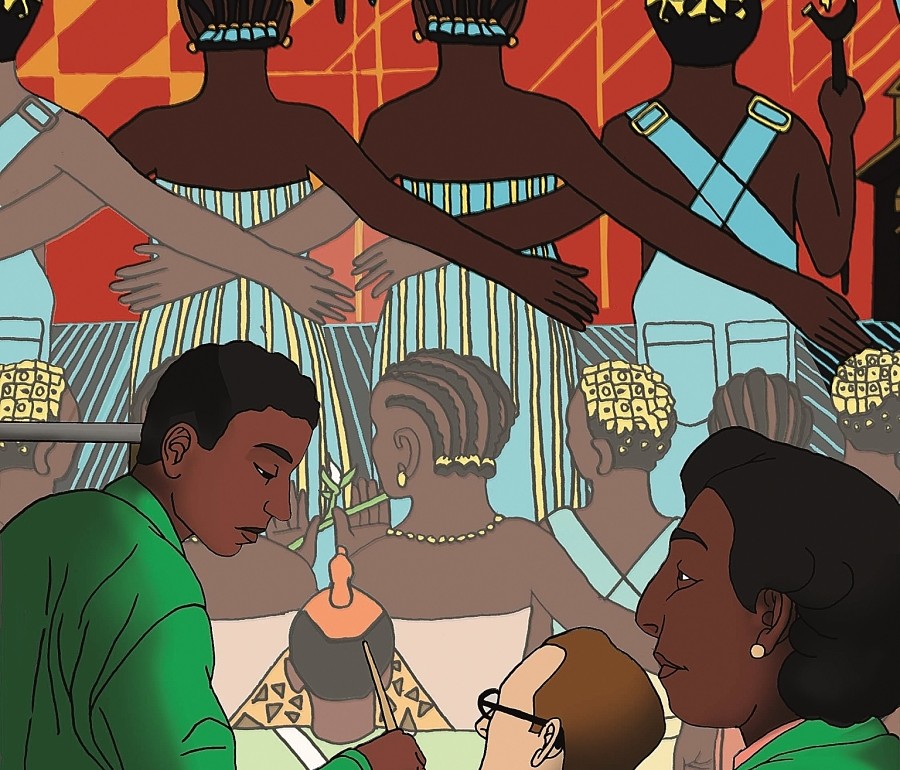History holds no terrors for Jacqueline E. Lawton. The Washington, D.C.–based dramatist has written scripts about John Wilkes Booth and about a restaurateur caught up in a 1835 race riot. In Anna K, she transplanted Tolstoy’s Anna Karenina to 1920s Paris, giving the eponymous heroine a passing resemblance to Josephine Baker.
Now, in The Hampton Years—debuting at D.C.’s Theater J on May 29—she evokes a seminal moment in the lives of two trailblazing African-American artists: the celebrated muralist John Biggers and the printmaker and art historian Samella Lewis. During World War II, both were young students at the Hampton Institute, a historically black college (now Hampton University) in southeastern Virginia. There they studied with Viktor Lowenfeld, an Austrian Jewish refugee scholar who was doing groundbreaking work in the field of arts education.
The Hampton Years explores the inspiring and occasionally tension-fraught interactions between the three figures as they struggle to realize their visions in a racially segregated, and sometimes artistically risk-averse, America. In naturalistic scenes and dream-like sequences that bring canvases to life, the play ponders art’s social function, political nature and emotional charge.
The script’s conception dates back to an evening, a few years ago, when Lawton and her friend Shirley Serotsky, now Theater J’s associate artistic director, found themselves discussing the shared stories of Jewish and African-American history. Galvanized by the conversation, Lawton began looking for such stories, and she soon came across the tale of the Hampton Institute circle. She was particularly fascinated by Biggers’s and Lewis’s artistic boldness. “Their very act of creating art on their own terms—putting black people in their art, painting about black culture and the everyday life of blacks—was revolutionary,” the playwright observes.
The Hampton Years received a staged reading in Theater J’s inaugural Locally Grown: Community Supported Art Festival in early 2012. Serotsky is directing this year’s premiere, running through June 30.
The play “tells a complex and layered story of two different groups of people fighting their own kinds of oppressions,” Serotsky says, adding that the script displays Lawton’s flair for making historical material “urgent and playable, and filled with life and surprises and still-unanswered questions…the kind of theatre that we really want to see.”


